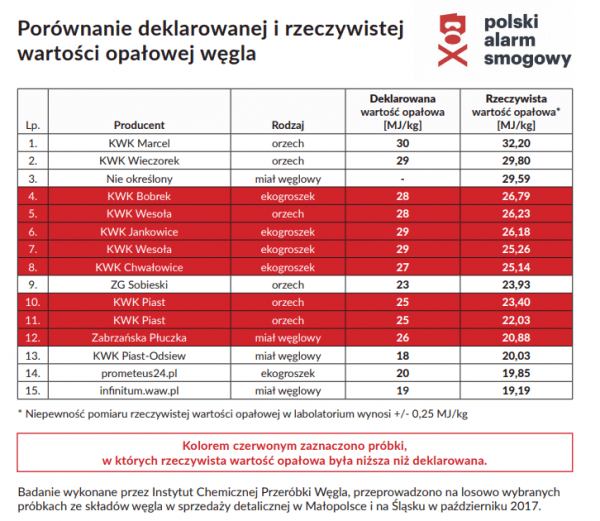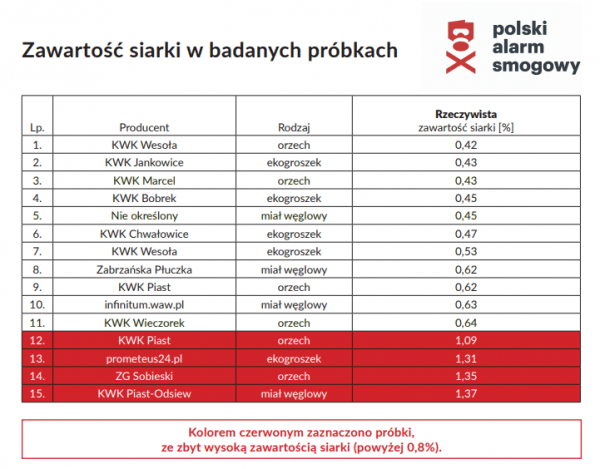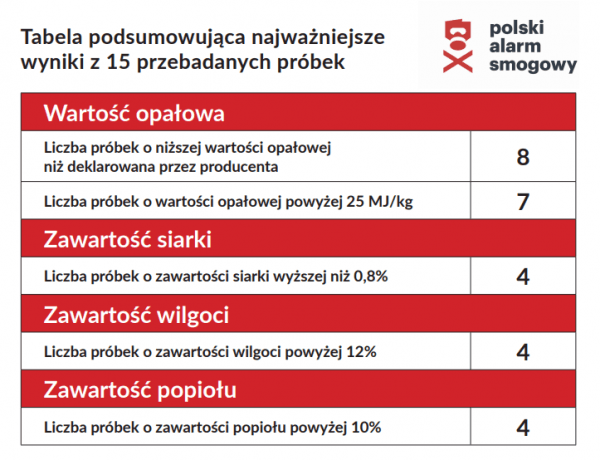Who are the Eco-Managers and what their daily work is like?
This question will be answered by a series of articles entitled: Get to know your Eco-Manager!. The cycle is connected with the workshops for Eco-Managers during which they share their experiences, knowledge and creative ideas concerning their fight with smog. Once a month, we will publish the profiles of several Eco-Managers employed in the Malopolska Region’s municipalities under the LIFE project entitled: “Implementation of the Air Quality Program for the Malopolska Region – Malopolska in a Healthy Atmosphere“. We hope that the passion, commitment, and above all, knowledge that our specialists have, will provide inspiration and will convince you that only joint actions will help improve the air quality in our region.
A moment ago you had the opportunity to present the results of your work, as well as the know-how you have been working for over a year as Eco-Managers, of which you are the most proud at the moment?
Kamila Pakuła, an Eco-Manager in the Town Office of Gorlice:
There is a lot of it, first of all I am happy that I have become recognizable in my local community. Residents know who to turn to for help, they know that I will be happy to advise. I am also happy that they usually leave satisfied and well-informed. The second thing that I’m really proud of is the Eco-Tale – an Adventure with a Flora Fairy. This is a children’s book that deals with the issues of the air quality and illustrates the problem for the youngest in an accessible way. Interestingly, the Eco-Tale could be published only due to the efforts of the local community. The author of the drawings is an employee of the Gorlice Cultural Center, Mr. Tadeusz Łuczejko, and the author of the text was the then secondary school student of the third grade in Libusza, Aleksandra Przybyłowicz. They both did a great job. Thanks to the circulation of 2,000 copies, the book will be distributed free of charge to preschoolers and pupils from 1-3 primary school grades in the municipality. What is more, the company that printed the Eco-Tale for us offered to put the next pebble on the road to the fight for better air quality and prepared free-of-charge coloring pages for the book. This action is pioneering in our municipality, and most importantly, integrates different environments in the fight for better air quality.
Szymon Lukaj, an Eco-Manager at the Town Office of Wadowice:
I am glad that finally there was a clear identification of the problem. What’s more, a monitoring station was also established on the market in Wadowice. A system was established in educational institutions with the help of which parents, children and teachers find out daily what is the quality of the air in the municipality and whether it is advisable to go out for a walk with children.
What exactly is the system about?
Szymon Lukaj, Wadowice: The information system is based on the fact that in educational establishments in our municipality there are attractive boards, clear for the perception of children, informing about the air quality. We have 7 levels and 7 colorful graphics that illustrate whether the air we breathe is polluted. The extreme level of pollution is illustrated by a “face” with a burgundy mask, while the air free from harmful substances is illustrated by a green smiling graphics. Every morning, at 6:30 am I send an SMS message with information about the air quality in our municipality. Thanks to it, the employees of the units know which graphics should be placed on the board showing the air quality.
Szymon Lichorobiec, an Eco-Manager at the Dąbrowa Tarnowska Town Office:
I am most pleased with the noticeable increase in public awareness in the subject of air pollution. I managed to reach a wide range of our residents, both adults and children, and young people. In my opinion, the clean air march was one of the most interesting ventures of 2017, participated by approx. 300 children. The march walked along the streets of our municipality. Children dressed in anti-smog masks and banners appealed to adults to ensure a good air quality, which will also be taking care of the health of their relatives.
The parents of the children did not mind such an initiative?
Szymon Lichorobiec, Dąbrowa Tarnowska: Before the event, skeptical opinions were expressed, the march took place at a negative temperature, many parents were worried about the health of children. Fortunately, after the event, positive signals could be recorded. In general, parents and residents highlighted that children learn about the harmful effects of pollution not only at school desks, but they are also involved into social initiatives, which stimulates their activity, creativity and the awareness that they have an impact on what surrounds them and that they can shape their local community.
In the autumn, a year passed since Eco-Managers were employed in municipalities, you managed to implement many interesting initiatives and ideas, I wonder what your career plans for the near future are?
Kamila Pakuła, Gorlice: I have to admit that this is a difficult question. My head is full of ideas, but their implementation must be matched to the current needs. For sure, I would like to focus now on conducting classes for children and youth at schools. I have some ideas for activating the youngest residents of our municipality. They are important activities, because the acquired knowledge and attitudes shaped from an early age will pay off in the future and will provide a good example for future generations.
Szymon Lukaj, Wadowice: I care about propagating renewable energy in the municipality, it is clean energy and a great potential. Another thing is to focus on the issues of electromobility, also a lot is still ahead of us.
Szymon Lichorobiec, Dąbrowa Tarnowska: I would like to continue the education and information policy in the municipality. I also hope for more and more investments in thermo-modernization. I want to continue to actively support our residents in making decisions about the choice of ecological heating sources and I hope that this will happen in the coming year.





